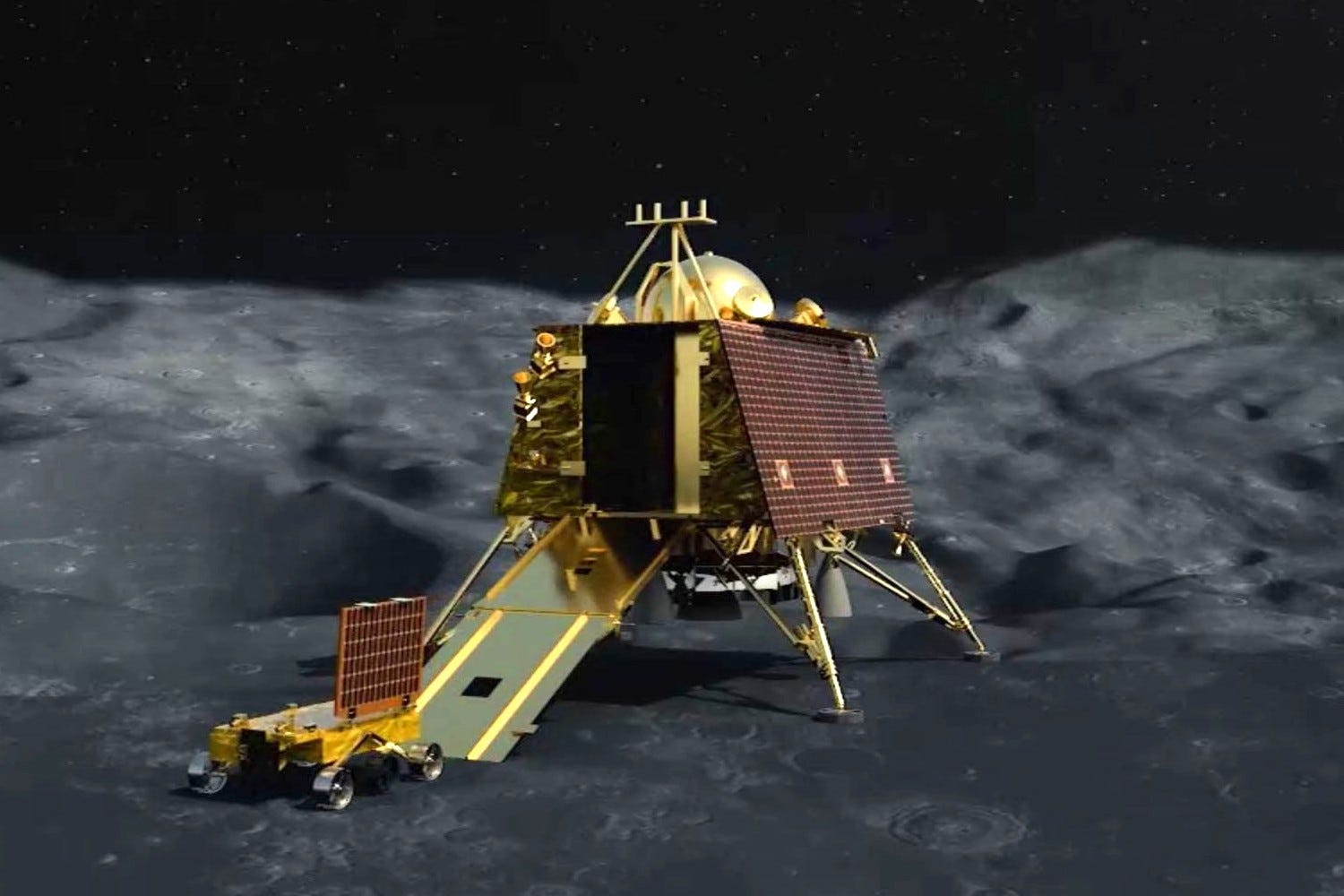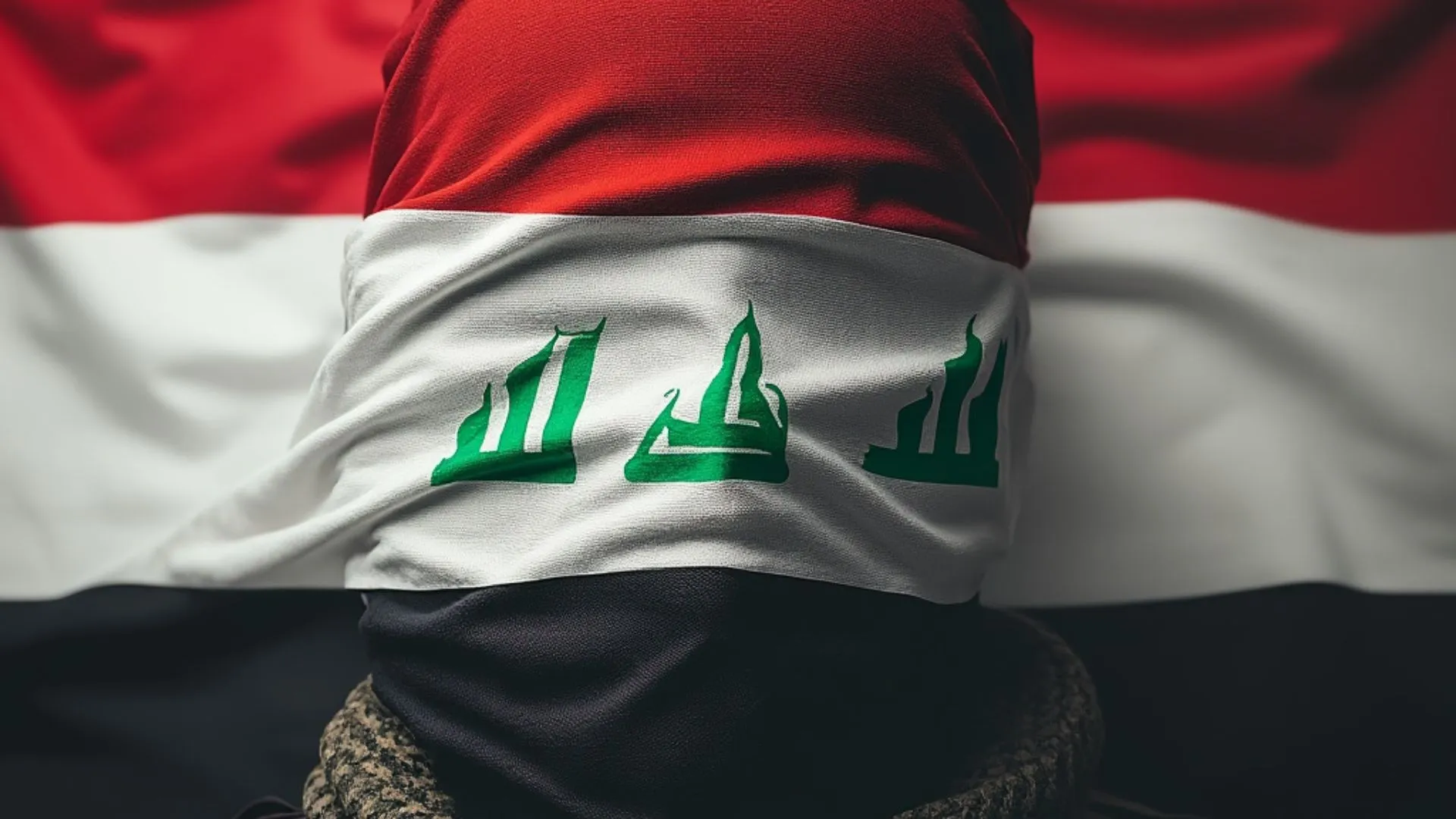Chandrayaan-3 successfully conducted EMI/EMC (Electro – Magnetic Interference/ Electro-Magnetic Compatibility) testing at the U R Rao Satellite Centre in Bengaluru, providing a boost to India’s moon mission. The test was carried out between January 31 and February 2, according to the Indian Space Research Organisation (ISRO).
What is EMI-EMC test?
The EMI-EMC test is performed for satellite missions to confirm that satellite subsystems function properly in space and are compatible with the expected electromagnetic levels. This test is a significant step towards the satellites’ completion, according to Isro. The Propulsion module, Landing module, and Rover module comprise the Chandrayaan-3 interplanetary mission.
“Because of the mission’s intricacy, radio-frequency (RF) communication links between the modules are required,” Isro explained.
Launcher compatibility, antenna polarisation of all RF systems, standalone auto compatibility testing for orbital and powered descent mission phases, and Lander & Rover compatibility tests for the post-landing mission phase were all ensured during the EMI/EMC test. According to the Isro, the systems’ performance was deemed to be good.
What happened during the test?
According to the announcement, the Chandrayaan-3 lander EMI/EC test includes launcher compatibility, antenna polarisation of all RF systems, independent auto compatibility testing for orbital and powered descent mission phases, and lander and rover compatibility tests for the post-landing mission phase. The ISRO stated that the lander’s system performed satisfactorily.
About Chandrayaan-3
According to the Indian space agency, the Chandrayaan-3 mission will follow Chandrayaan-2 and demonstrate end-to-end capability in safe landing and wandering on the lunar surface. It will be launched by GSLV MkIII from the Satish Dhawan Space Centre in Sriharikota, an island off the coast of the Bay of Bengal that has been nicknamed India’s spaceport.
The propulsion module will transport the lander and rover configuration to within 100 kilometres of the Moon’s orbit, where it will conduct spectral and polarimetric measurements of Earth using the Spectro-polarimetry of Habitable Planet Earth (SHAPE) payload. The mission’s final launch date has yet to be confirmed, although it is expected to be in the second or third quarter of this year.


















